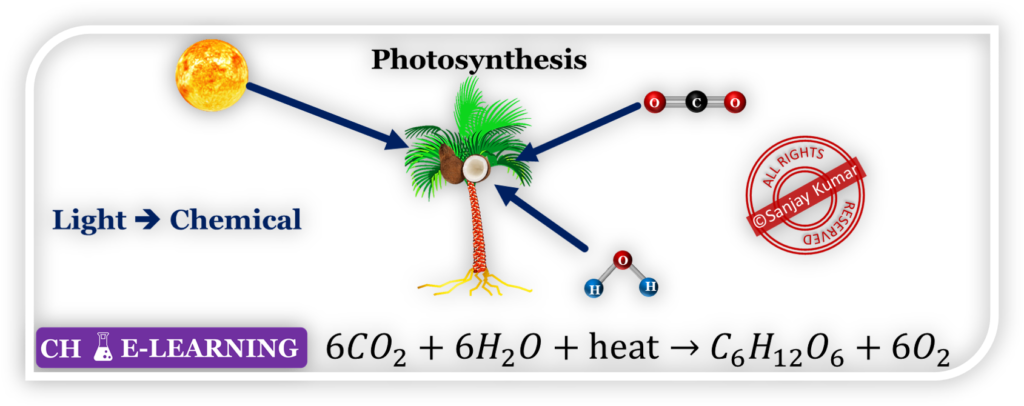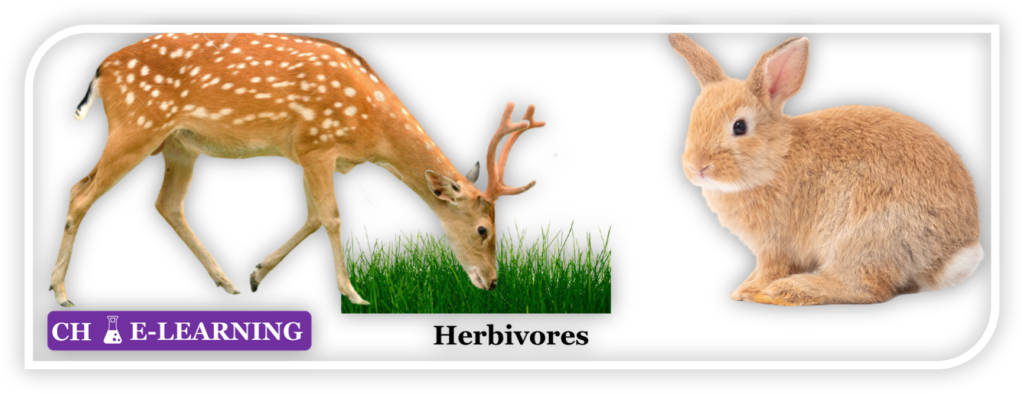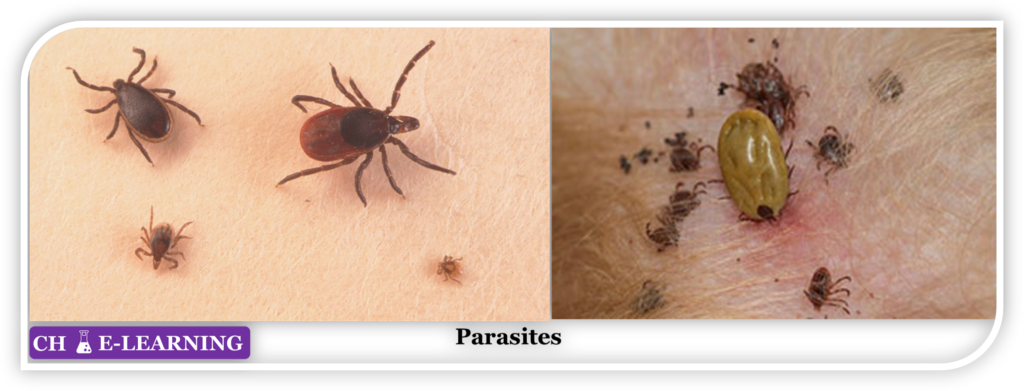Components of Ecosystem:
There are two types of components. All these components interact with each other.

Abiotic Component:
All non-living things come under the abiotic system.

- These components can be grouped into three categories.
Physical factors:
- Examples are Sunlight, temperature, humidity, atmospheric pressure, rainfall, etc.
Inorganic Substances:
- Examples are H2O, O2, CO2, N2, phosphorus, sulfur, soil, etc.
Organic Substance:
- Examples are proteins, carbohydrates, lipids, etc.
- They are the building block of living systems.
Biotic Component:
All living things come under the biotic system.

- These components can be grouped into three categories.

Autotrophs:
They produce their own food by photosynthesis. Examples are plants.

Heterotrophs:
They do not have the ability to produce their own food. They take their food from producers.
- They are of different types (i.e. Herbivores, Carnivores, Omnivores, Parasites ).
Herbivores:
They are the primary consumer. They only feed directly on plants. E.g., rabbit, dear, cow, etc.

Carnivores:
They only feed on animals. Animals that eat other animals. E.g., lion, tiger, dog etc.

Omnivores:
They feed on both plants and animals. E.g., humans and animals.

Parasites:
They obtain their food from live animals.

Saprotrophs:
They act on dead and decaying materials. For example, bacteria, fungi, etc.

- They break down organic substances (dead bodies) into simpler organic substances such as CO2, minerals, etc. Further, these simple organic substances are used by the producers.
- They play an important role in recycling nutrients.
- They are also called detritus feeders.

Awesome! Its genuinely remarkable post, I have got much clear idea regarding from this post